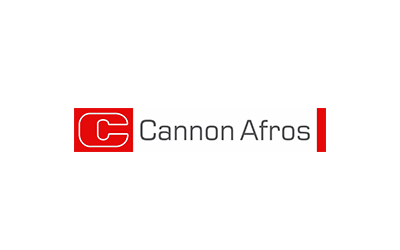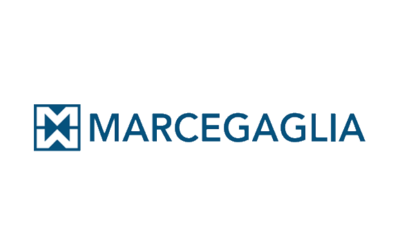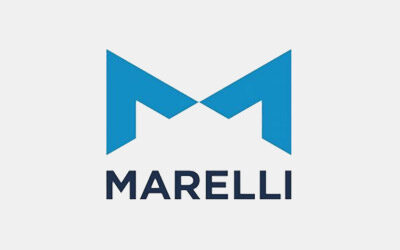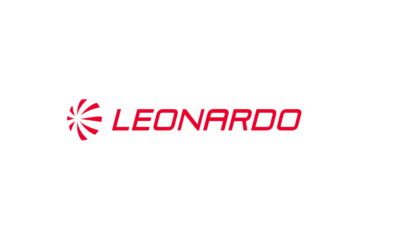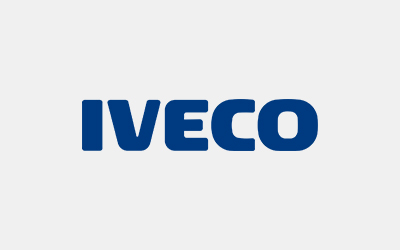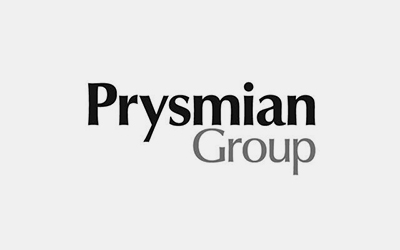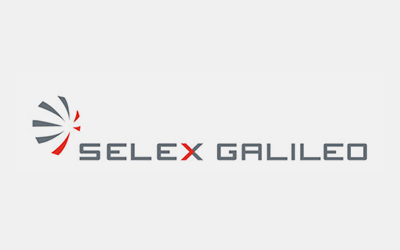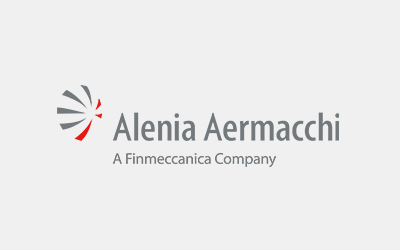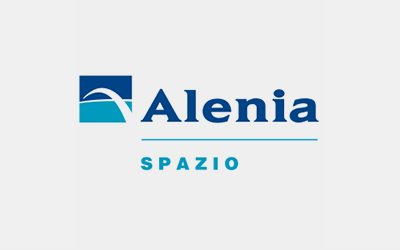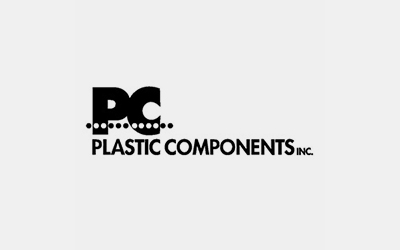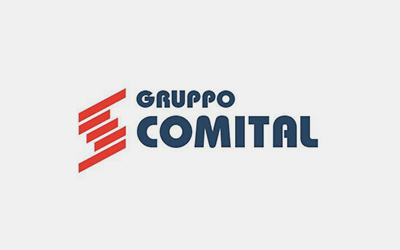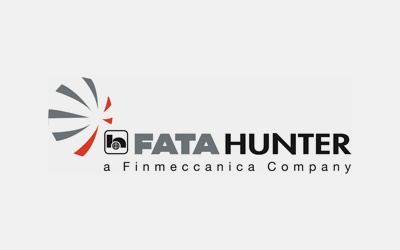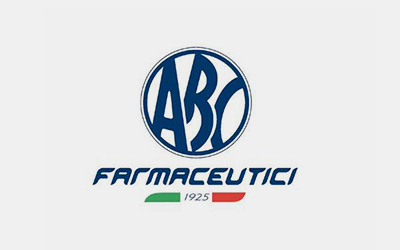Categories
Within the industrial production process, especially in the mechanical sector, the metal grinder is the operator who uses specific tools and related abrasives with the aim of smoothing or polishing metal surfaces.
In fact, the grinding activity consists in the removal of material with the use of the grinding wheel to obtain surfaces of high finish, dimensional accuracy, and shape.
Risks and damages to people and equipment
Often in professional contexts the risk of grinding dust is taken a little “lightly” compared to other pollutants because it generates less smoke and for this reason it is less “visible” to an inexperienced eye.
However, those who attend mechanical workshops are perfectly able to “smell” the typical smell of metal released and “see” the layer of fine dust produced.
In fact, grinding exposes the operator and the surrounding environment to inhalable and respirable dust potentially very dangerous for health because of low grain size.
Furthermore, the grinding dust dispersed in the environment can also damage sensitive and electronic machinery in your production plant.
Effective suction directly at source
All these problems can be solved with the right suction and filtration systems. Grinding dust can often disperse and settle easily in every corner of the work area; there are many methods to manage this risk, but the most effective is their “collection” directly at the source.
Sucking the dust before it reaches the worker’s breathing area prevents the worker from being exposed to it and helps prevent contamination of expensive sensitive electronic machinery and equipment that may be present in the working area.
Most grinding and surface treatments should generally have effective extraction at the source and only when this is not possible more complex systems for air purification in the environment should be considered, such as suction benches or a centralized suction system in case there are many workstations to be served.
Once the suction system is selected, remember that it will only work effectively if:
- Operators are properly instructed in safe use
- Filters are cleaned and checked regularly
- The type of filter is suitable for the type of processed material
- Front speed is sufficient to collect fumes and dust created by the application
Know the application and evaluate your security needs
Your equipment for collecting dust, the type of filtration and the complementary personal protection depend on the type of material you are working and on multiple working situations, variable depending on the production layout.
Always evaluate your working situationcritically with the safety officer, asking yourself:
- Work in limited space with little or no ventilation?
- What kind of metals am I sandblasting, grinding or drooling?
- Are the pieces to be worked clean or painted?
- Is my extractor working properly?
- Is there any prevailing air flow that I can take advantage of or that disturbs the extractor?
- Should I wear a mask or other personal protective equipment?
- Do I Work with potentially explosive dust?
The answers to the above questions will take you in the right direction, this means improving the working environment by minimizing the risks for all people involved and helping you to select the most suitable grinding dust extraction and filtration system for your environment.
Here are some typical technical solutions, contact us to get a quotation or an advice on the right one for your business.
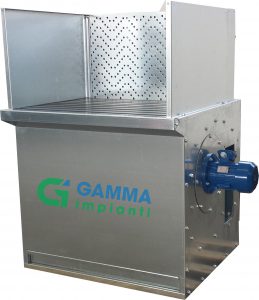 Suction bench for fumes and grinding dust ideal for single workstations, with fan and filters integrated on board. | 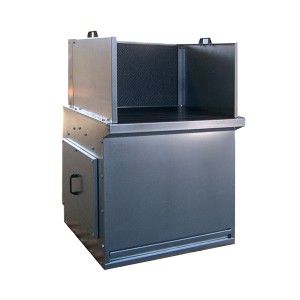 Suction bench for fumes and dust from welding, deburring, sanding or grinding of metals operations, to be connected to centralized systems. | 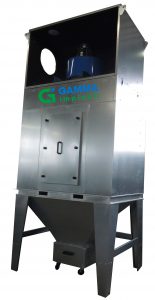 Filter with cartridges for dust removal of grinding dust for centralized systems. |
Sources:
– Inail – Risk profiles in craft, small and medium-sized enterprises and public establishments: Industrie Meccaniche
– Wikipedia, industrial production process

